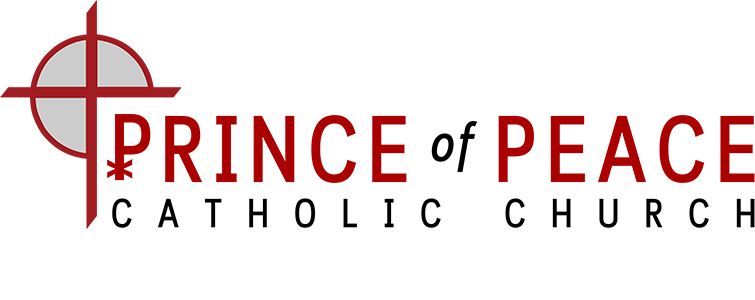This summer I will be answering some liturgical questions that I’ve been asked throughout the year:
Why do we bow or genuflect during the Creed at the words: “and by the Holy Spirit as incarnate of the Virgin Mary”? or during the Angelus at “And the Word was made flesh.”?
The General Instruction of the Roman Missal (often referred to as the GIRM) says the following:
137. The Symbol or Creed is sung or recited by the Priest together with the people (cf. no. 68) with everyone standing. At the words et incarnatus est, etc. (and by the Holy Spirit . . . and became man) all make a profound bow; but on the Solemnities of the Annunciation and of the Nativity of the Lord, all genuflect.
The reason the GIRM calls us to bow at that point in the Creed, and it is also done at the aforementioned part in the Angelus, is because it is at that point when we express our belief in the most fundamental mystery of Catholicism: Jesus Christ, the Son of God, became man, born of a woman, by the power of the Holy Spirit. This is the Incarnation, the most sacred moment in all of human history. God is sending His Son to us in the form of a man to teach us how to live. Therefore, we bow or genuflect in honor of that event during those prayers.
In the Mass, our gestures and postures should always reflect what we believe at each moment in the Mass. Since the Incarnation is so central to what we believe as Christians, the profound bow becomes an important way of outwardly expressing that belief.
We also bow our heads at other times:
275. A bow signifies reverence and honor shown to the persons themselves or to the signs that represent them. There are two kinds of bow: a bow of the head and a bow of the body.
a) A bow of the head is made when the three Divine Persons are named together and at the names of Jesus, of the Blessed Virgin Mary, and of the Saint in whose honor Mass is being celebrated.
b) A bow of the body, that is to say, a profound bow, is made to the altar; during the prayers Munda cor meum (Cleanse my heart) and In spiritu humilitatis (With humble spirit); in the Creed at the words et incarnatus est (and by the Holy Spirit . . . and became man); in the Roman Canon at the Supplices te rogamus (In humble prayer we ask you, almighty God). The same kind of bow is made by the Deacon when he asks for a blessing before the proclamation of the Gospel. In addition, the Priest bows slightly as he pronounces the words of the Lord at the Consecration
Ministers who are carrying objects also bow instead of genuflect. Notice the Deacon and the servers at the entrance procession – the priests generally genuflect, but the others bow their heads because they are carrying sacred objects, ie the Book of Gospels, a candle, or the Procession Cross. We also bow our heads before receiving the Eucharist.
